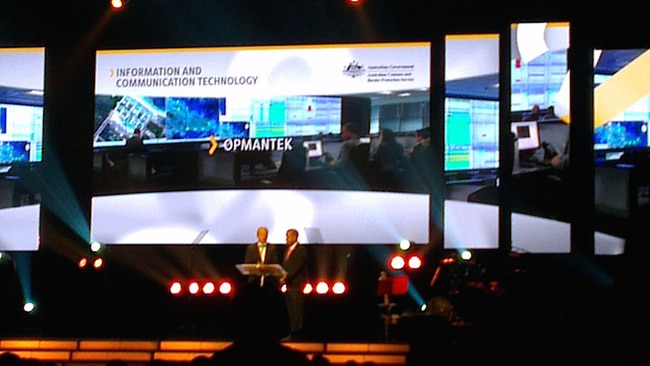15 June 2015
Open Source Software Coming Of Age In Australia

This article was written for and originally published in the ACCI Commerce and Industry Magazine – Autumn 2015.
The 52nd Australian Export awards marked a turning point for open source software in Australia with network management and IT Audit software company, Opmantek, recognised as the ICT exporter of the year for their innovative approach to development and customer acquisition.

Opmantek software is offered under a Commercial Open Source Software (COSS) model. This model has been largely overlooked in Australia despite the fact that it provides a huge value-add to growing businesses and significant cost savings to larger enterprise and government departments. Europe has been taking advantage of the flexibility and security of COSS for many years and more recently popularity has been growing in the Americas. With a no-cost framework providing the core functionality, additional features and specialist support services can be added at a fraction of the cost of a traditional off-the-shelf (OTS) solution and be customized to the suit the requirements of the business.
Opmantek develops network and infrastructure management tools that are essential to the smooth running of over 60,000 small and (massively) large organisations globally. Opmantek’s flagship product, NMIS, can be installed for free and helps IT teams detect faults, review current and historical network performance, and predict where future failures are likely to occur. Commercial support and additional business modules and custom dashboards can be added as the need grows. An astounding statistic is that every 6 minutes somewhere in the world an Organisation implements an Opmantek product.
COSS is an effective and safe way to update aging or disparate systems. COSS is generally easier to integrate, more secure and almost certainly lower cost than traditional commercial software while organisations deploying COSS receive the commercial support, certainty of product direction and company stability that Free Open Source Software (FOSS) usually lacks. In fact in the case of COSS it is indeed commercial software however users get access to the source code. Opmantek has shown through the commercial signing of some of the world’s largest telecommunications, government, and banking organisations that they are riding a strong global trend towards COSS and that COSS competes head on with commercial software companies, not with FOSS.

There are many benefits of COSS to organisations large and small and the global rise of COSS companies like Opmantek is set to continue – the proposition is compelling – increasing the capability of software systems, while reducing the cost. There also seems to be a compelling position for these companies in developed economies like Australia, the US and Europe – it is one way to combat the off-shoring of development and R&D – by maintaining key expertise in country and accessing a global community of contributors and followers at zero cost. The COSS revolution and coming of age in Australia has massive commercial benefits for organisations that embrace it and no doubt we will see the rise of more Australian software companies like Opmantek.